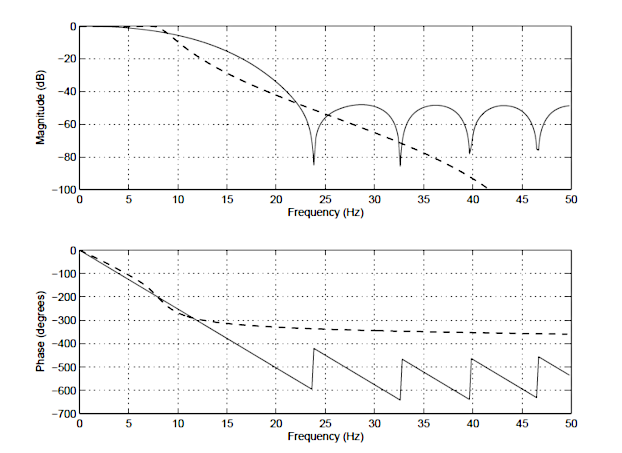curious_mind
Full Member level 4
I am new to digital filters and have a very basic question about IIR and FIR filters. I would like to know the essence and basis of these filters. There are tons of literature on web that details the design of these filters without directly providing the genesis. One fundamental question is that a signal can be considered as infinite (simple sine wave) then it must also contain infinite impulses which are scaled and shifted with respect to time. Therefore in the context of the input how do we understand infinite or finite impulse response of the system. In theory, if there is only one impulse as input, the systems output will eventually decay over time (like RC filter). Can we therefore call RC filter as FIR? but if input do exist like a continuous sine wave, the output of RC filter will also remain. In that case does RC filter behave as IIR filter ?. Please clarify
